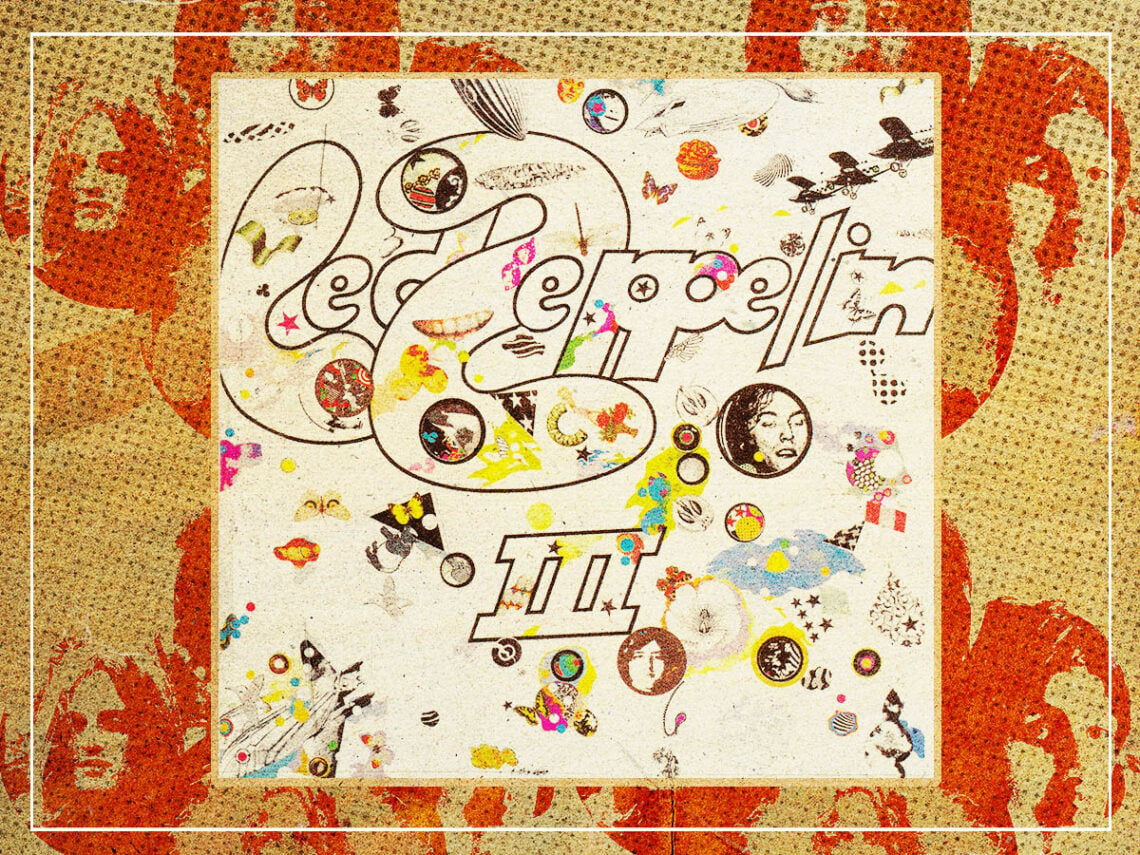By the start of the 1970s, Led Zeppelin had already delivered a clinic on creating hard rock perfection. After refining their sound on their debut album, Led Zeppelin II served as a teaser for where the next generation of rock and roll would go, with songs that toyed with blues structures that blossomed into immortal guitar riffs. After two albums of rock and roll mayhem, Led Zeppelin III was the more intimate companion piece to their rough side.
Then again, most listeners wouldn’t know that from listening to the first track, ‘Immigrant Song’. Opening with a stomping riff from Page, Robert Plant’s wails have become iconic at this point, as he tells the tale of mythology and storms towards the gates of Valhalla as the band unleash hell behind him. Captured in just over two minutes, the song was a natural extension of the fantasy elements of ‘Ramble On’, only placed in a battle setting rather than the dark depths of Mordor.
Part of the beauty behind ‘Immigrant Song’ is just how simplistic it is, with every band member playing the same rhythm on their instruments and locking into one of the meanest grooves that rock and roll has to offer. Even though no one needs to think too much when listening to the track, the rolling nature of the riff taps into the reptilian side of the brain that would later make genres like metal irresistible.
Although the opening track promises another album of rock grandeur, things take a wild left turn starting with the next song, ‘Friends’. Dominated by acoustic guitars in open tuning, Page’s swirling riffs behind the tune have a strong Eastern influence, taking the world music philosophy of artists like George Harrison much further. Now that the band also had some money behind them, including different string sections brought some grandeur back into the fold, sounding almost classical opposite the droning sounds of the guitar.
Across the rest of the tracklisting, the band toys with some of their primary folk influences. Though there had been folksy tunes on the past few records, the signature stomp of Zeppelin remains intact on tracks like ‘Gallows Pole’, managing to make the sounds of unplugged instruments sound like the end of the world with a strong beat behind it.
Zeppelin is far from a one-trick pony, though, and some of the brightest spots of the record come in the ballads, like the haze behind songs like ‘That’s the Way’. And while Robert Plant might be known for having one of the most powerful screams in rock history, ‘Tangerine’ is up there with some of his most beautiful performances, being equal parts influenced by Joni Mitchell’s tender croon as he is with Mick Jagger’s voice.
Compared to their second record’s focus on solid riffs and a heavy foundation, Led Zeppelin III allows each member to stretch behind their respective instruments. While Page had already been playing some of the fiercest blues licks known to man, ‘Since I’ve Been Loving You’ was one of his most succinct musical statements.
Based on the traditional blues song of the same name, Page’s delicate touch for the solo feels like he’s trying to make his guitar talk. After starting off in a tender place, the song’s midsection ramps up in intensity before Page commits abuse on his guitar, going at lightspeed while still keeping his ear close to the ground for where the song needs to go.
No Led Zeppelin record would be complete without the drums, though, and John Bonham’s understanding of his role on each track is one of the album’s strongest foundations. While Bonzo was always known to play slightly behind the beat, his way to gel with the rest of the group comes to the forefront on songs like ‘Out on the Tiles’, where he ebbs and flows like a ship on rough terrain. Even when playing a muted role on the acoustic songs, Bonham never loses an ounce of his power, always reminding the listener that an animal is running rampant behind the drum kit.
For all of the rock bombast sprinkled throughout the record, there are still a few odds and ends to be found here, like ‘Hats Off to Roy Harper’. While it is by no means a terrible song, some of the weird grooves brought to the table, and the off-kilter rhythm makes it seem more like a joke at the end of the album rather than a satisfying conclusion.
Then again, some of the beauty behind Led Zeppelin III comes from its various imperfections. Sure, not every song is meant to be enjoyed along the same lines as ‘Communication Breakdown’, but the tender beauty behind the tracks is something that Zeppelin wouldn’t revisit for a long time afterwards. Thanks to John Paul Jones’s phenomenal knack for arrangements, every song has its own distinct identity, almost like fans are seeing glimpses of all the different avenues that Zeppelin could go down had they not decided to be a solely hard rock band.
While fans might have initially seen Zeppelin’s third outing as a step down from their previous attempts at rock and roll reinvention, there’s a reason why it garners respect amongst the diehard Zeppelin fans. Whereas their previous records might encapsulate more of Zeppelin’s signature sound, Led Zeppelin III is the sound of a band having fun in the studio, trying to figure out what they’re capable of doing beyond the blues. And with years removed from its release, that sense of sun is still contagious.

